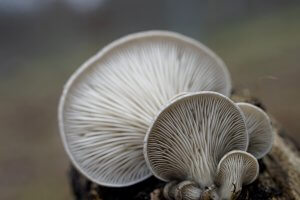What is the best substitute for Oyster Mushrooms?
Need a substitute for Oyster Mushrooms? Try using Button Mushrooms, Shiitake Mushrooms, Maitake Mushrooms, Porcini Mushrooms, Portobello Mushrooms, Chantrelle Mushrooms, Morel Mushrooms, or Enoki Mushrooms.
Osyter mushrooms are great eaten raw or cooked, but if you can’t find them, or you would like to try another variety, then choose one from the list. Mushrooms are an excellent choice for vegetarians, as they are a rich source of various nutrients and can be used to add flavor and texture to vegetarian dishes. They are also perfect for keto, and gluten-free diets.
What are Oyster Mushrooms?
Oyster mushrooms are a type of edible mushroom. They are named “oyster mushrooms” because of their resemblance to oysters in shape and color. These mushrooms are widely cultivated and foraged, making them popular in various cuisines worldwide.
Here are some key characteristics of oyster mushrooms:
- Appearance: Oyster mushrooms have a distinct fan or oyster-shaped cap with a short and thick stem. The caps can vary in color, ranging from shades of white, beige, gray, to pale brown. The gills on the underside of the cap, are closely spaced and run all the way down to the stem.
- Flavor and Aroma: Oyster mushrooms have a mild, delicate, and slightly sweet flavor. When cooked, they develop a tender and velvety texture.
- Nutrition: Oyster mushrooms are a nutritious addition to the diet. They are low in calories and fat while providing essential nutrients like protein, fiber, vitamins. They also provide minerals such as potassium and phosphorus.
- Culinary Uses: Oyster mushrooms are versatile and can be used in a variety of dishes. They work well in stir-fries, soups, stews, pasta dishes, and risottos. Oyster mushrooms are also suitable for sautéing, grilling, or roasting due to their delicate texture.
- Health Benefits: Like many mushrooms, oyster mushrooms contain bioactive compounds that have been associated with various health benefits. These benefits include supporting the immune system, reducing inflammation, and aiding in cardiovascular health.
- Cultivation: Oyster mushrooms are relatively easy to cultivate, and they can grow on various substrates. Try growing them on straw, sawdust, and coffee grounds. Due to their popularity and commercial viability, they are commonly found in grocery stores and farmers’ markets.
Caution:
It’s important to note that while oyster mushrooms are generally safe to eat and enjoy, proper identification of wild mushrooms is crucial if you plan to forage for them. Some wild mushrooms can be toxic, and consuming them can lead to severe illness or even be fatal. If you’re unsure about mushroom identification, it’s best to purchase them from reputable sources or consult with an experienced forager or mycologist.
Okay, before we look at your oyster mushrooms substitute options, let’s deal with that empty cupboard situation!
Where can I buy Oyster Mushrooms?
If you want to be more prepared and ensure you don’t run out of oyster mushrooms then you should stock up now.
Nowadays most delicatessens and general supermarkets stock a wide variety of oyster mushrooms. Or if you prefer you can also purchase dried oyster mushrooms on-line.
Here is a link for a dried oyster mushrooms, so why not jump on and place your order today.
STOCK UP NOW!
Premium cultivated oyster mushrooms. Packed full of flvaor. Soak in warm water to rehydrate, Add to your dishes to get a full hit of delicious umami flavor.
Add to soups and casseroles, or try with her butter.
What can I substitute for Oyster Mushrooms?
Here are some of the best ingredients to substitute the flavor and role that oyster mushrooms provide in your recipes.
- Button Mushrooms
- Shiitake Mushrooms
- Maitake Mushrooms
- Porcini Mushrooms
- Portobello Mushrooms
- Chantrelle Mushrooms
- Morel Mushrooms
- Enoki Mushrooms
Oyster Mushroom substitutes
Button Mushrooms
I thought I would suggest button mushrooms first as this is one variety that a lot of people might already have in their pantry. Button mushrooms are a good substitute for oyster mushrooms in many recipes. While they have different textures and flavors, button mushrooms are readily available and can work well as an alternative. Here are a few things to consider when using button mushrooms as a substitute:
- Texture: Oyster mushrooms have a delicate and slightly chewy texture, while button mushrooms are firmer and denser. Keep this in mind when substituting, as the texture of the final dish may vary slightly.
- Flavor: Oyster mushrooms have a mild, slightly sweet flavor, whereas button mushrooms have a more earthy taste. Use button mushrooms in recipes that can benefit from a richer, earthier mushroom flavor.
- Cooking Time: Button mushrooms may take a little longer to cook than oyster mushrooms due to their denser texture. Adjust the cooking time accordingly to ensure they reach the desired tenderness.
- Preparation: If the recipe calls for slicing or chopping the mushrooms, both oyster and button mushrooms can be used interchangeably. However, if the recipe specifically calls for the unique shape of oyster mushrooms (e.g., in whole mushroom recipes), you may need to adjust the presentation.
- Appearance: As mentioned earlier, oyster mushrooms have a unique appearance with a distinct fan or oyster-shaped cap. If the appearance is critical for the recipe (e.g., for garnishing or presentation purposes), using button mushrooms may result in a different visual appeal.
In most dishes, substituting button mushrooms for oyster mushrooms will still provide a tasty and satisfying result. Button mushrooms are commonly used in a wide range of recipes, including soups, stews, sauces, stir-fries, and more. They are versatile and readily available, making them a practical choice when oyster mushrooms are not accessible or if you prefer their more robust flavor.
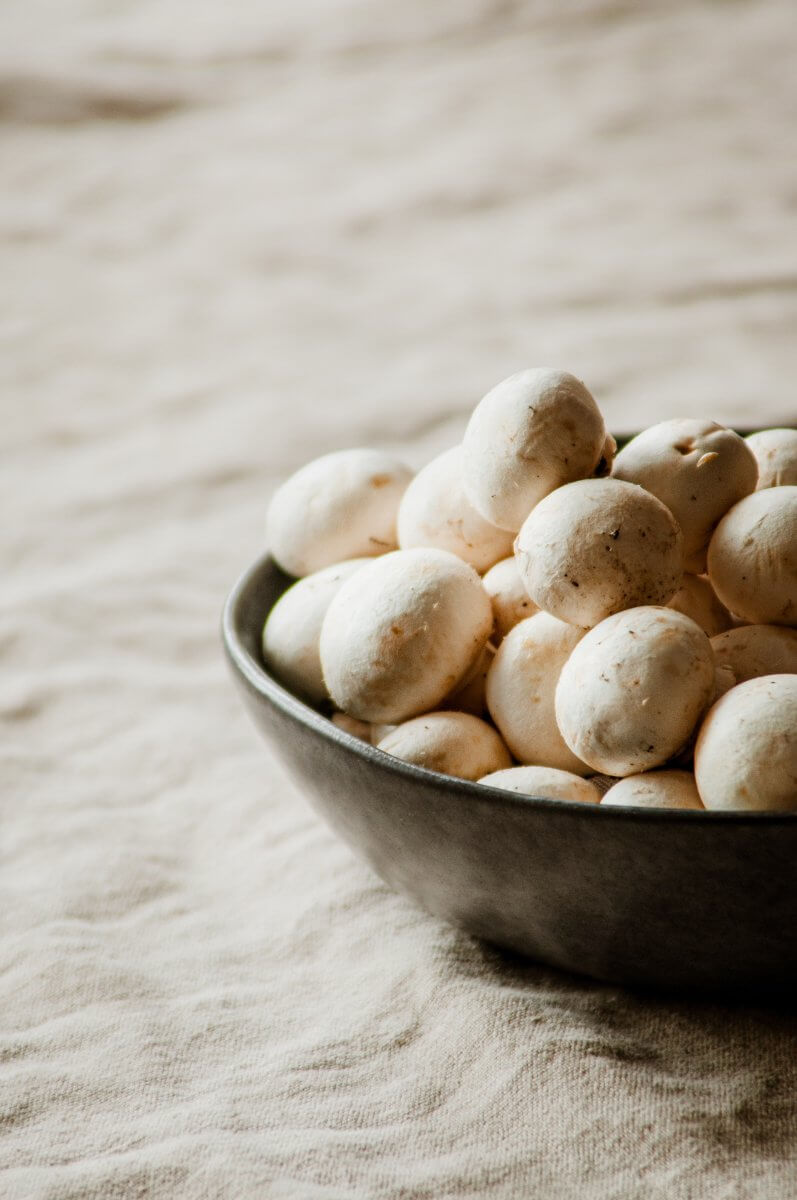
Shiitake Mushrooms
Shiitake mushrooms can also be used as a substitute for oyster mushrooms in many recipes. While shiitake mushrooms have a slightly different flavor profile and texture they are still an excellent alternative. This is due to their meaty and savory characteristics.
Shiitake mushrooms have a stronger and more pronounced flavor than oyster mushrooms, which can add depth to your dishes. When cooked, shiitake mushrooms develop a rich umami taste that complements various savory dishes.
Here are some tips for using shiitake mushrooms as a substitute for oyster mushrooms:
- Adjust Cooking Time: Shiitake mushrooms may require a slightly longer cooking time than oyster mushrooms due to their denser texture. Keep an eye on them and cook until they reach your desired level of tenderness.
- Sauté or Stir-Fry: Shiitake mushrooms are excellent for sautéing or stir-frying. The high heat helps enhance their flavor and brings out their natural umami taste.
- Slicing: Shiitake mushrooms are typically larger and thicker than oyster mushrooms. Consider slicing them to ensure even cooking and to match the size and shape of oyster mushrooms in your recipe.
- Dried Shiitake Mushrooms: If fresh shiitake mushrooms are not available, you can also use dried shiitake mushrooms. Rehydrate them in water before using, and they will add a concentrated and robust flavor to your dishes.
Remember that culinary preferences can vary, so while shiitake mushrooms can be a suitable substitute for oyster mushrooms in many recipes, the final taste may differ slightly. Feel free to experiment with different mushrooms to discover which ones you enjoy the most in your dishes.
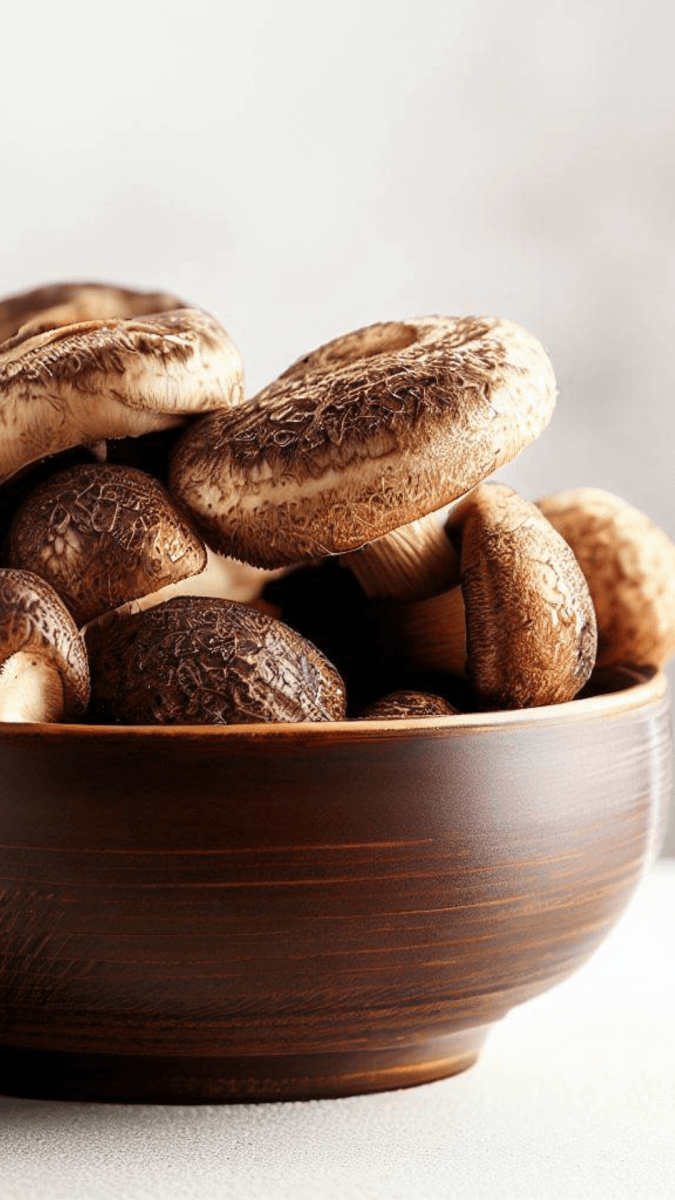
Maitake Mushrooms
Maitake mushrooms, also known as Hen of the Woods, have a unique and delightful flavor profile. Tis makes them a good substitute when you don’t have any oyster mushrooms.
While maitake mushrooms differ slightly in taste and texture, they are still an excellent alternative due to their earthy and robust flavor. Here are some considerations when using maitake mushrooms as a substitute:
- Flavor Profile: Maitake mushrooms have a rich, earthy flavor with a hint of nuttiness. They offer a distinct taste that can add depth to your dishes. If you enjoy their flavor, they can be a great substitute as oyster mushrooms have a milder, slightly sweet taste.
- Texture: Maitake mushrooms have a more delicate and feathery texture compared to oyster mushrooms. When cooked, they become tender and develop a pleasing mouthfeel.
- Cooking Method: Maitake mushrooms work well in various cooking methods, including sautéing, roasting, grilling, and stir-frying. Their flavor intensifies when cooked, making them a tasty addition to many dishes.
- Slicing and Chopping: Maitake mushrooms are often sold in clusters or large pieces. Consider slicing or chopping them into smaller, bite-sized pieces. Try to match the size and shape of oyster mushrooms.
- Availability: While oyster mushrooms are more widely available in many grocery stores, maitake mushrooms might be less common. If you have access to maitake mushrooms and enjoy their taste, they can be a wonderful substitute when oyster mushrooms are not available.
As with any mushroom substitution, there will be some differences in taste and texture.
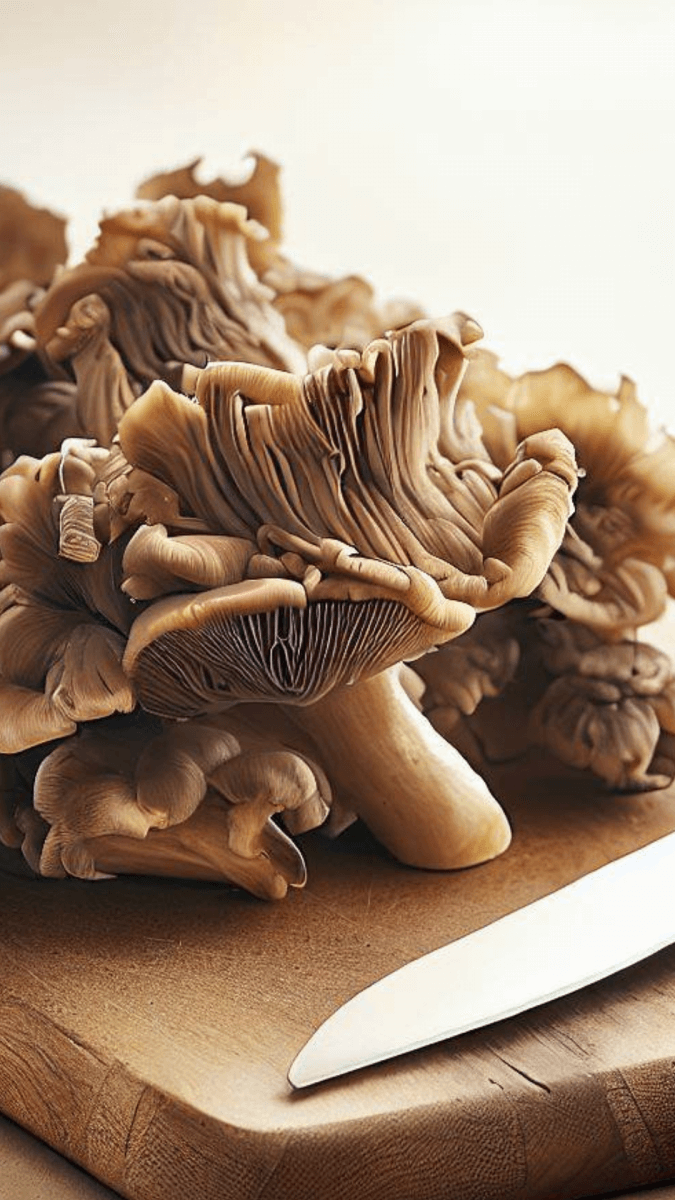
Porcini Mushrooms
Porcini mushrooms are highly prized for their rich, nutty, and earthy flavor. They have a meaty texture and are often used in Italian and Mediterranean cuisine. Here are some factors to keep in mind when using porcini mushrooms as a substitute for oyster mushrooms:
- Flavor Profile: Porcini mushrooms have a more robust and intense flavor compared to oyster mushrooms. Their strong taste can overpower certain delicate dishes, so they are best suited for recipes where their distinctive flavor can shine.
- Texture: Porcini mushrooms have a denser and firmer texture than oyster mushrooms, which can affect the overall mouthfeel of the dish. They are meaty and substantial, making them an excellent option for dishes that require a heartier mushroom presence.
- Rehydration (if using dried): If you are using dried porcini mushrooms, they need to be rehydrated before use. Soak them in warm water for about 20-30 minutes until they become plump and tender. Reserve the soaking liquid as it is packed with flavor and can be used in cooking.
- Cooking Method: Porcini mushrooms are versatile and can be sautéed, roasted, or used in soups and risottos. They are well-suited for dishes like creamy pasta sauces or savory stews.
- Availability and Cost: Fresh porcini mushrooms can be more challenging to find and tend to be more expensive than oyster mushrooms, especially if they are not in season. Dried porcini mushrooms are more readily available and can be a cost-effective option.
While porcini mushrooms offer a unique and delicious flavor, their distinctiveness might not always be the best fit for recipes that specifically call for the milder taste and delicate texture of oyster mushrooms. However, if you enjoy the intense flavor and meaty texture of porcini mushrooms, they can make a flavorful and satisfying substitute in certain dishes.
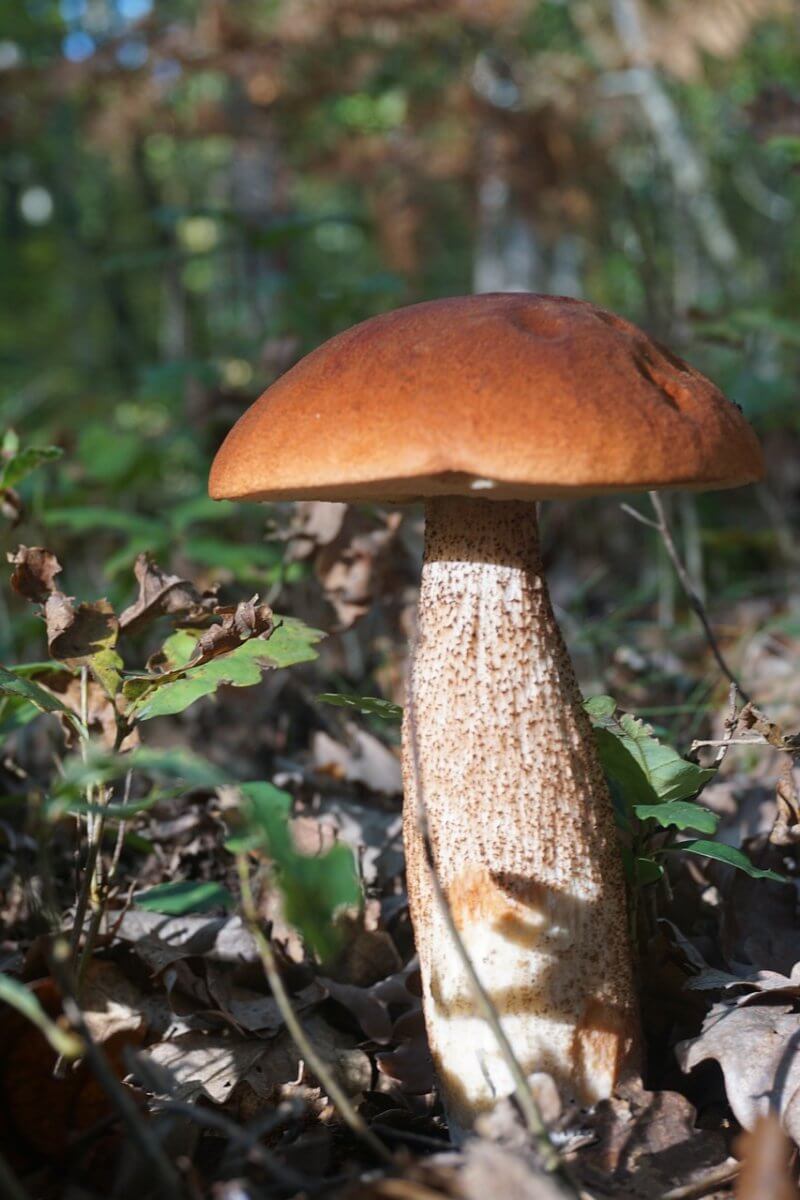
Portobello Mushrooms
Portobello mushrooms can be used as a substitute for oyster mushrooms in some dishes, but it’s essential to consider the differences between these two types of mushrooms before making the substitution.
They are known for their large, meaty caps and rich, earthy flavor. Here are some factors to consider when using portobello mushrooms as a substitute for oyster mushrooms:
- Flavor Profile: Portobello mushrooms have a stronger, more robust flavor compared to oyster mushrooms. Their taste is earthy and savory, which can be a good fit for dishes that can handle their pronounced flavor.
- Texture: Portobello mushrooms have a dense and meaty texture, which is quite different from the delicate and tender texture of oyster mushrooms. When cooked, portobello mushrooms retain their firmness and can provide a satisfying chewy bite.
- Cooking Method: Portobello mushrooms are often grilled, roasted, or used as a meat substitute in vegetarian dishes like portobello mushroom burgers. They work well in recipes that can showcase their meaty texture and flavor.
- Size: Portobello mushrooms are typically much larger than oyster mushrooms. If using them as a substitute, you may need to adjust the size of the mushrooms in your recipe to match the oyster mushrooms’ proportions.
- Availability: Portobello mushrooms are generally more widely available in grocery stores than oyster mushrooms, making them a convenient alternative.
While portobello mushrooms can be a flavorful and substantial substitute for oyster mushrooms in certain dishes, their stronger taste and texture might not be suitable for all recipes. They are especially popular as a vegetarian option in recipes that call for a hearty mushroom presence, such as grilled mushroom “steaks” or stuffed mushrooms.
If you enjoy the earthy flavor and meaty texture of portobello mushrooms, they can be a delicious and satisfying choice in recipes where their characteristics align well with the other ingredients.
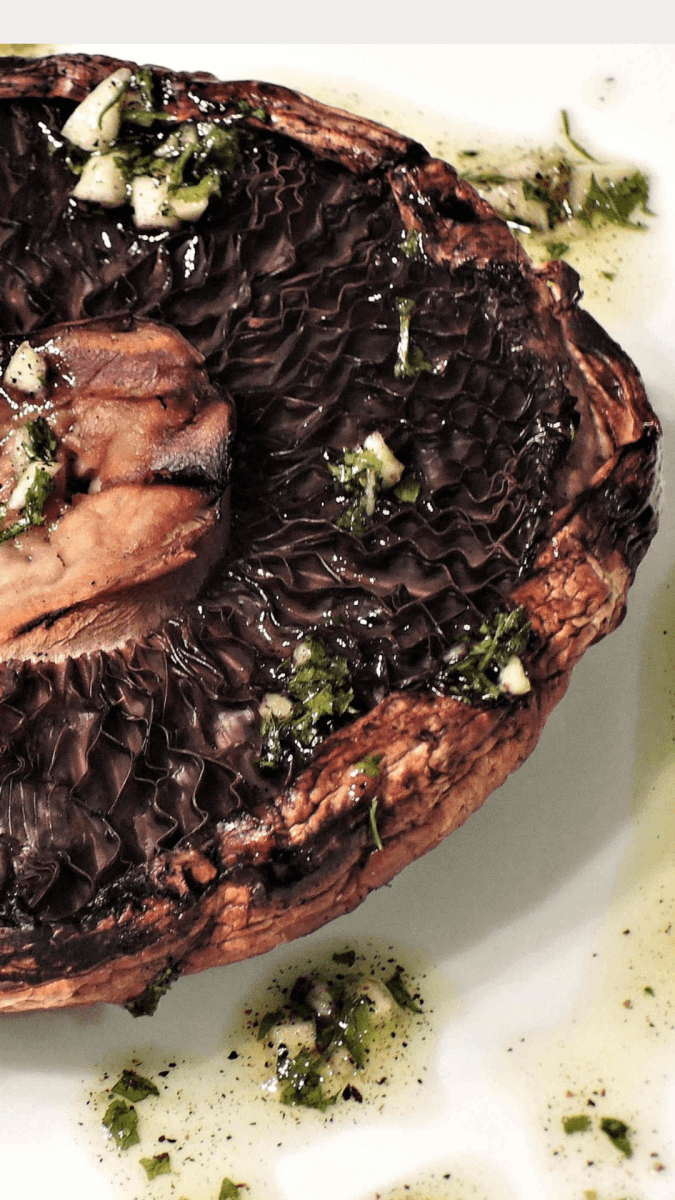
Chantrelle Mushrooms
Chantarelle mushrooms are highly prized for their delicate, nutty, and slightly peppery flavor. They have a distinct trumpet or funnel shape with a vibrant golden-yellow to orange color. Here are some considerations when using chantarelle mushrooms as a substitute for oyster mushrooms:
- Flavor Profile: Chantarelle mushrooms have a more delicate and nuanced flavor compared to oyster mushrooms. Their taste is often described as mild, with subtle fruity and earthy notes. While oyster mushrooms have a milder flavor as well, chantarelles have a unique taste that can add a delightful twist to dishes.
- Texture: Chantarelle mushrooms have a firm yet tender texture that is more delicate than the meaty texture of oyster mushrooms. When cooked, they retain their shape and do not release as much water as oyster mushrooms, making them suitable for recipes that require a drier mushroom consistency.
- Cooking Method: Chantarelle mushrooms are well-suited for sautéing and quick cooking methods, as they cook relatively fast and maintain their delicate flavor and texture. They work wonderfully in dishes like risottos, pasta dishes, and simple sautés.
- Size and Shape: Chantarelle mushrooms are usually smaller and more irregularly shaped than oyster mushrooms. When using them as a substitute, you may need to adjust the quantity and cut them into smaller, bite-sized pieces to match the oyster mushrooms’ proportions.
- Availability: Chantarelle mushrooms are typically available in certain seasons and may not be as readily available as oyster mushrooms, which are more commonly cultivated and found in grocery stores year-round.
While chantarelle mushrooms offer a distinct and delightful flavor, their delicate nature might not be the best fit for all recipes that call for oyster mushrooms.
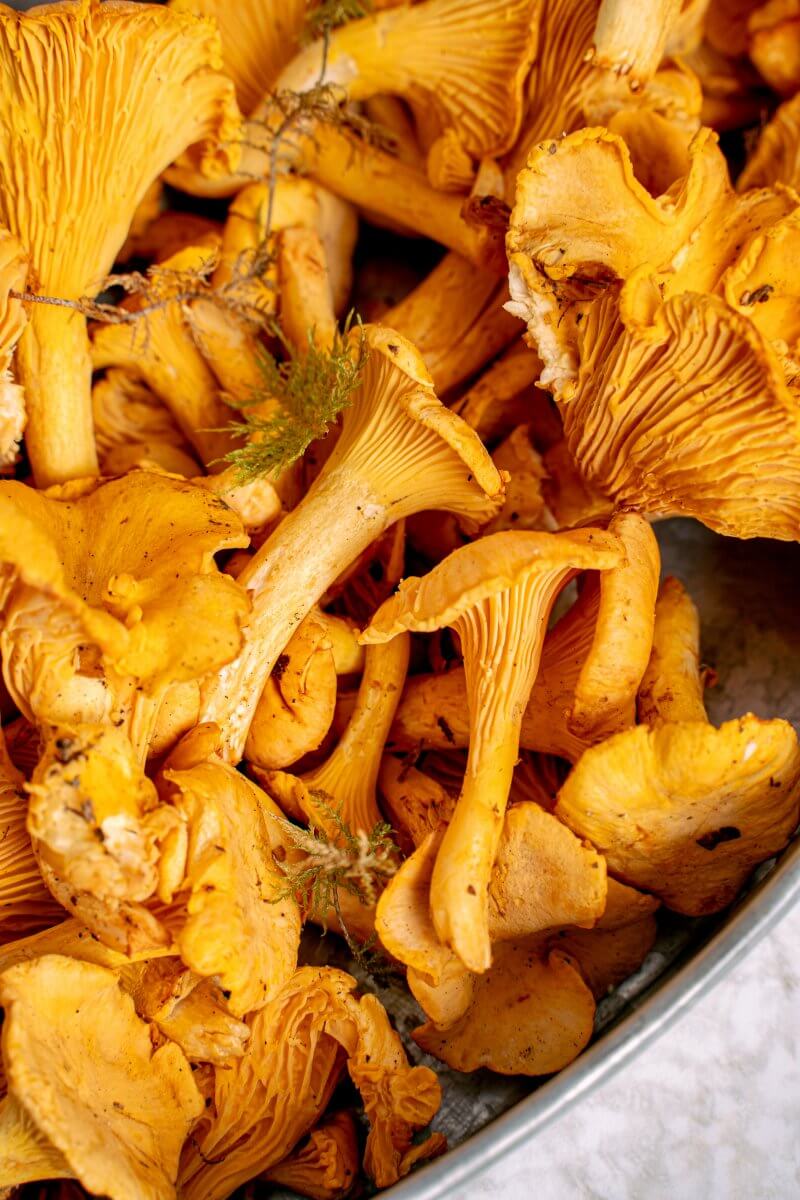
Morel Mushrooms
Morel mushrooms are highly prized for their distinctive appearance and rich, earthy, and nutty flavor. They have a unique honeycomb-like appearance with a hollow, spongy interior. Here are some factors to consider when using morel mushrooms as a substitute for oyster mushrooms:
- Flavor Profile: Morel mushrooms have a more intense and complex flavor compared to oyster mushrooms. Their taste is earthy and nutty with a hint of smokiness. While oyster mushrooms have a milder flavor, morels can bring a bold and unique taste to the dish.
- Texture: Morel mushrooms have a meaty yet delicate and slightly chewy texture. When cooked, they become tender and retain their distinctive shape, making them a great addition to dishes where their texture can shine.
- Cooking Method: Morel mushrooms are often sautéed or used in creamy sauces, where their robust flavor can be highlighted. They are popular in gourmet dishes and pair well with various ingredients, including meats and herbs.
- Size and Shape: Morel mushrooms are usually smaller and have a unique appearance compared to oyster mushrooms. Their hollow, honeycomb-like structure means they can trap debris, so it’s essential to clean them thoroughly before cooking.
- Availability: Morel mushrooms are typically available during specific seasons and may not be as readily available as oyster mushrooms, which are more commonly cultivated and available year-round.
While morel mushrooms offer a distinctive and delightful flavor, their availability and cost can be limiting factors for some. As a substitute for oyster mushrooms, consider using morels in dishes where their rich flavor and unique appearance can be appreciated, such as in risottos, cream-based sauces, or as a side dish on their own.
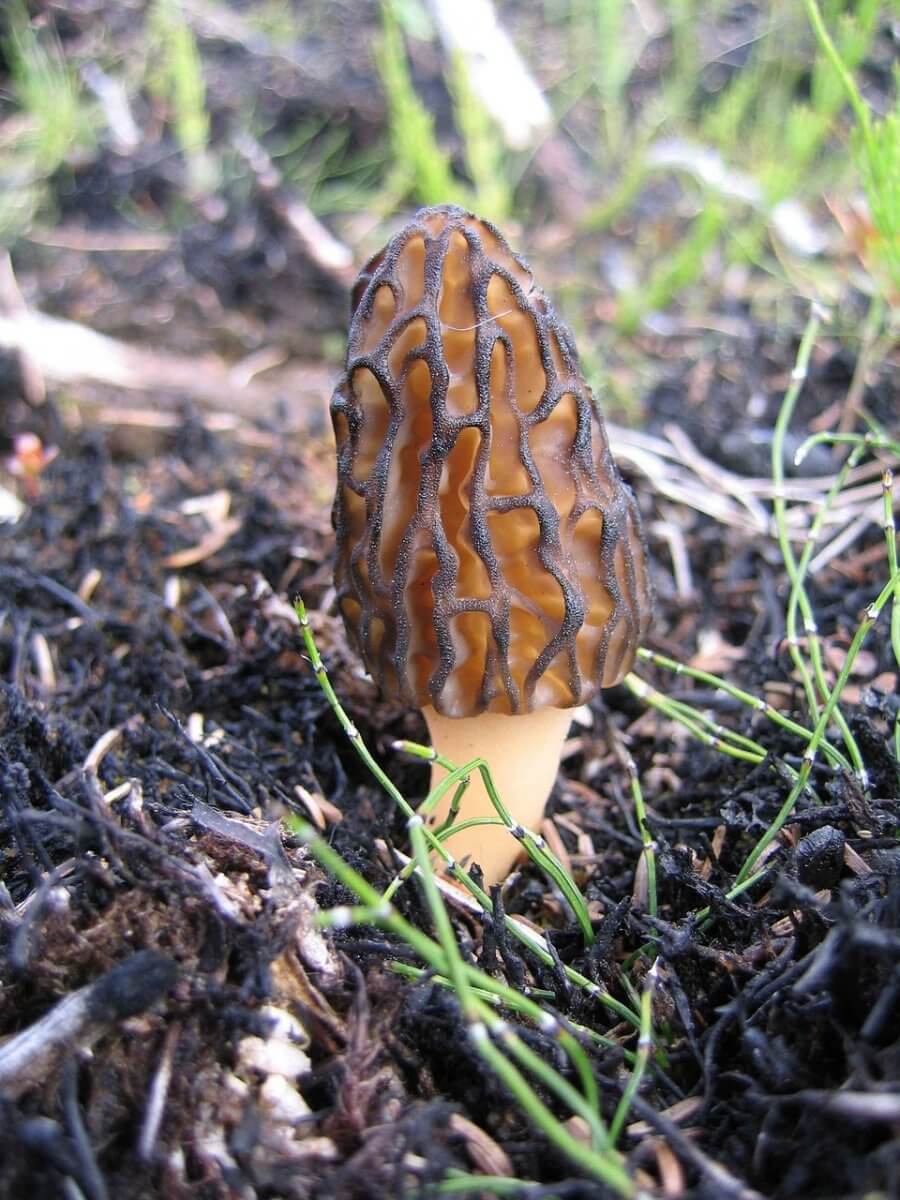
Enoki Mushrooms
Enoki mushrooms are characterized by their long, slender, and delicate white stems with tiny caps at the top. They have a mild and slightly sweet flavor with a crunchy texture. Here are some factors to keep in mind when using enoki mushrooms as a substitute for oyster mushrooms:
- Flavor Profile: Enoki mushrooms have a milder and sweeter taste compared to oyster mushrooms. While oyster mushrooms also have a mild flavor, they have a slightly more pronounced savory note. If you prefer a less assertive mushroom taste, enoki mushrooms can be a good choice.
- Texture: Enoki mushrooms have a unique and delicate texture with long, thin stems. Unlike the meatier texture of oyster mushrooms, enoki mushrooms have a crunchy bite, especially when they are lightly cooked.
- Cooking Method: Enoki mushrooms are often used in Asian cuisines and are best suited for quick cooking methods like stir-frying, adding to soups, or using as a garnish. Their delicate nature makes them ideal for dishes where their texture and appearance can be appreciated.
- Size and Shape: Enoki mushrooms have a completely different appearance compared to oyster mushrooms. Their long and thin stems are quite distinct, so consider how this may affect the dish’s overall presentation.
- Availability: Enoki mushrooms are typically available year-round in grocery stores and are more widely available than oyster mushrooms, making them a convenient and accessible substitute.
As a substitute for oyster mushrooms, consider using enoki mushrooms in dishes where their delicate appearance and texture can enhance the overall presentation. They are great for adding texture and visual appeal to salads, soups, noodle dishes, and stir-fries. However, due to their milder taste, you may want to adjust the seasonings or combine them with other ingredients to ensure the desired flavor profile in the final dish.
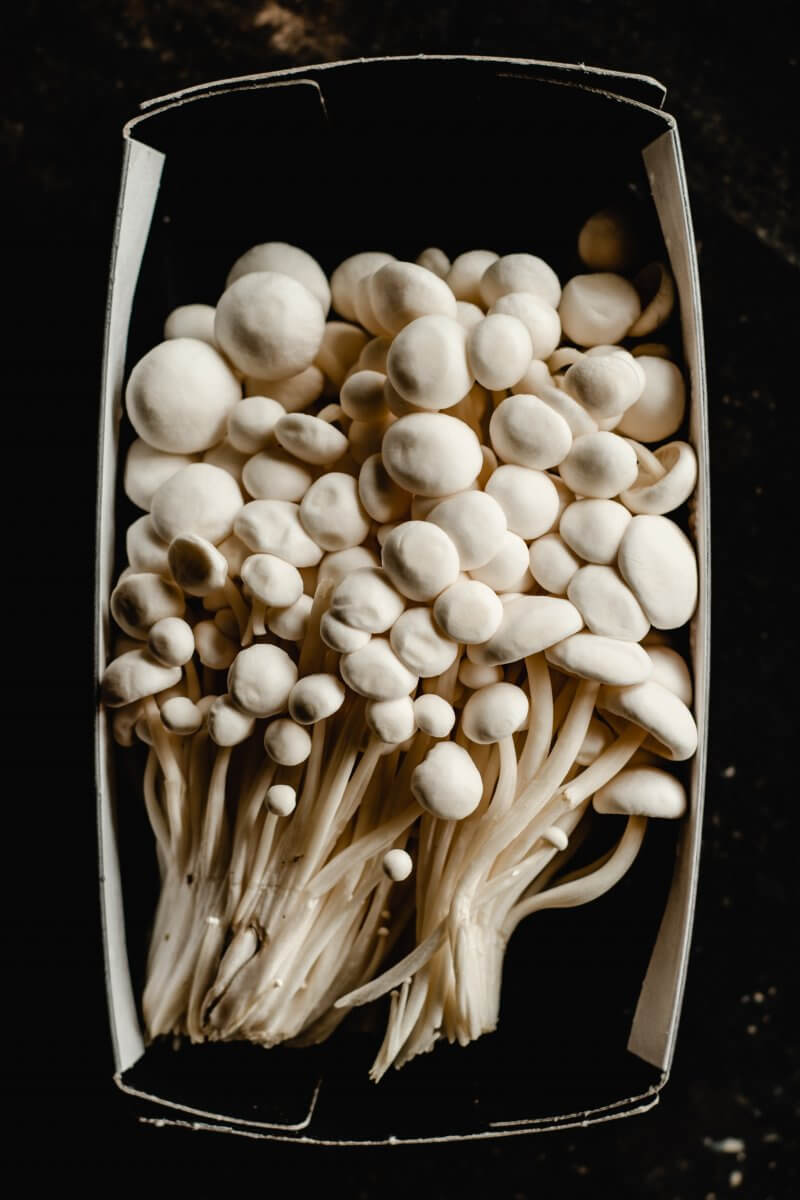
Summary for Oyster Mushroom substitutes
Okay – that’s you all sorted with suitable substitutes for Oyster Mushrooms.
The best substitute for oyster mushrooms will depend on the specific dish you are preparing and your taste preferences. Don’t be alarmed by the number of varieties on offer, just choose what you can afford and what you think will work best in your recipe.
Ultimately, the best substitute will depend on the specific recipe and your personal taste preferences. If you’re looking for a milder taste, go for mushrooms like enoki. For a more robust flavor and meaty texture, shiitake or portobello mushrooms may be better choices. Don’t be afraid to experiment and try different mushroom varieties to find the one that best complements your dish.
We have gathered together a lot more facts on ingredients such as herbs, spices, oils, nuts, etc. if you would like to learn some more.
